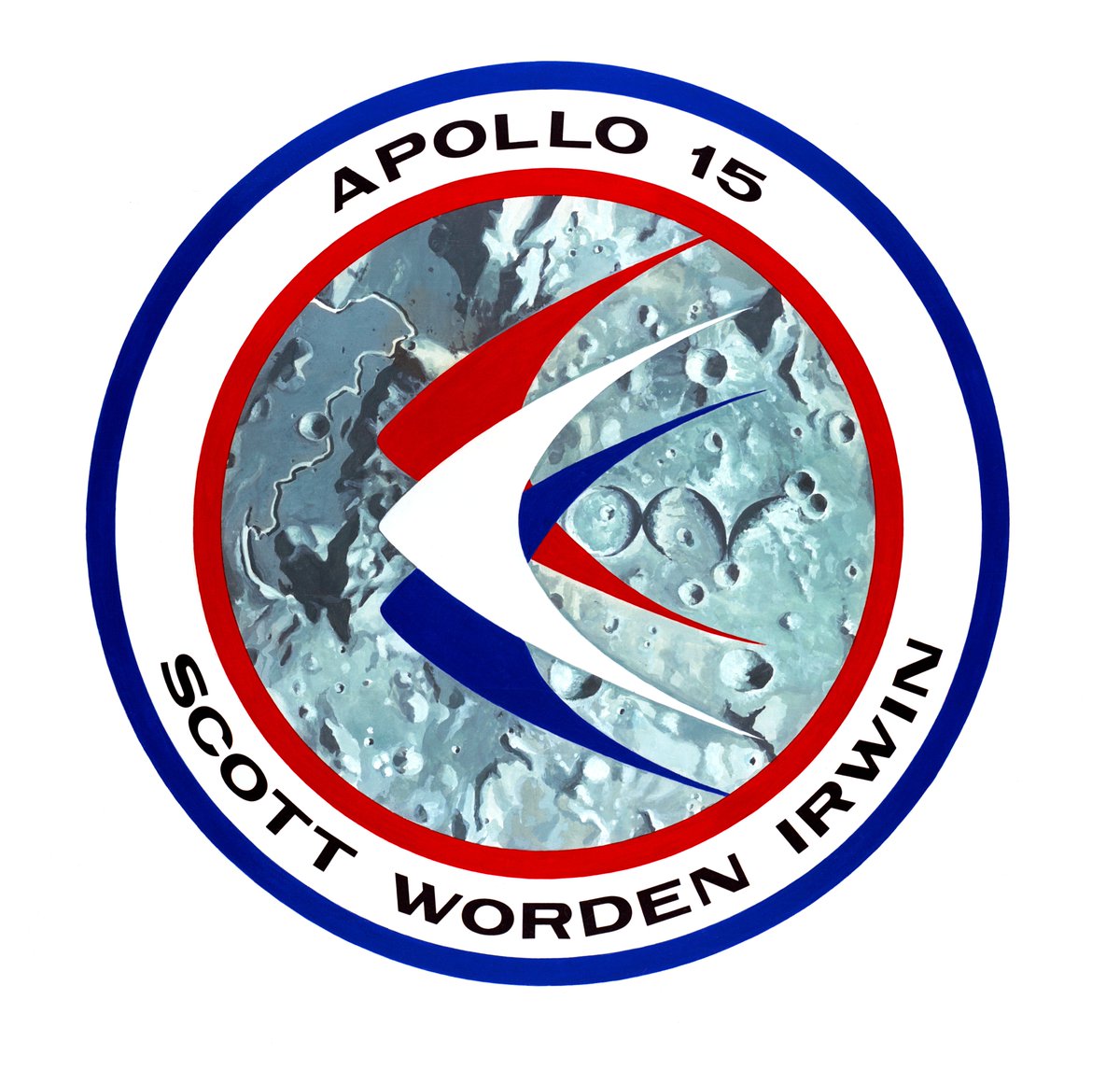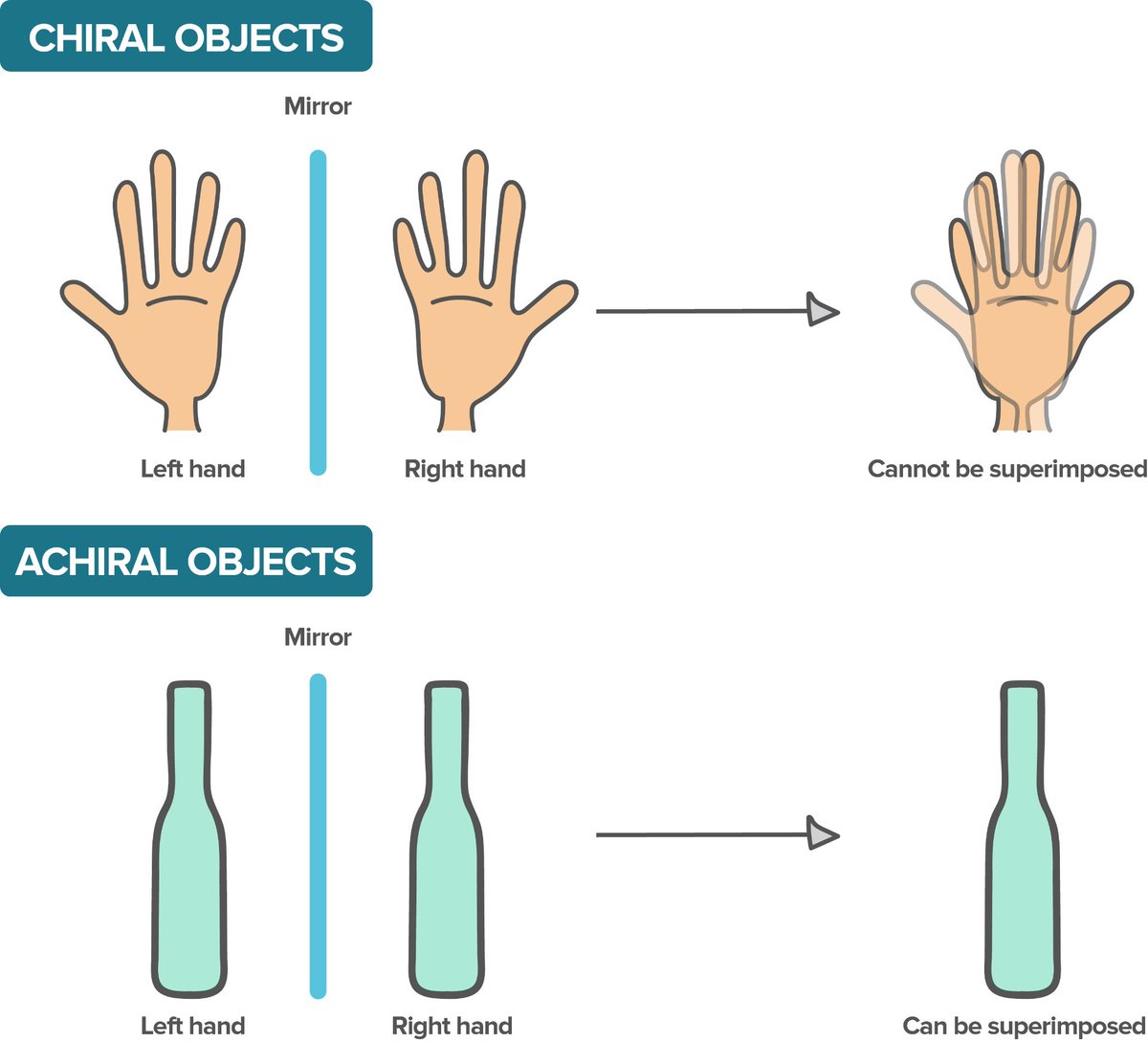THREAD
Mars base "Ideacity"
Here you can find a loooof of details about our another project of Mars base. This is the concept, which was awarded not so long ago in chinese Future Mars Life and in @TheMarsSociety Mars Colony Prize competition.
#Mars #marsbase #Space
Mars base "Ideacity"
Here you can find a loooof of details about our another project of Mars base. This is the concept, which was awarded not so long ago in chinese Future Mars Life and in @TheMarsSociety Mars Colony Prize competition.
#Mars #marsbase #Space

The work was also published in the book "Mars Colonies: Plans for Settling The Red Planet":
amazon.com/Mars-Colonies-…
but I will share our full report with you in the end of this threas :)
amazon.com/Mars-Colonies-…
but I will share our full report with you in the end of this threas :)
The Ideacity project uses the concept of an ideal city. The main assumptions of the city are short distances (the colony is on a hexagonal plan with a side of 400 m).
Some of our inspirations:


Some of our inspirations:



We located buildings intended for everyday use closer to the center, while industrial buildings were located on the outside of the city. We want most of the buildings to be underground, which will allow us to protect the residents from radiation. 

We looked at sourcing and processing of raw materials, manufacturing industry, energy generation, municipal management, life support systems, and also agriculture. Our goal was to assign each building a specific role and design it to suit the application 

An important point was to consider the Martian diet and how to produce food. We decided on a plant-based diet, and the crops themselves take up a large part of our city. 

• • •
Missing some Tweet in this thread? You can try to
force a refresh














